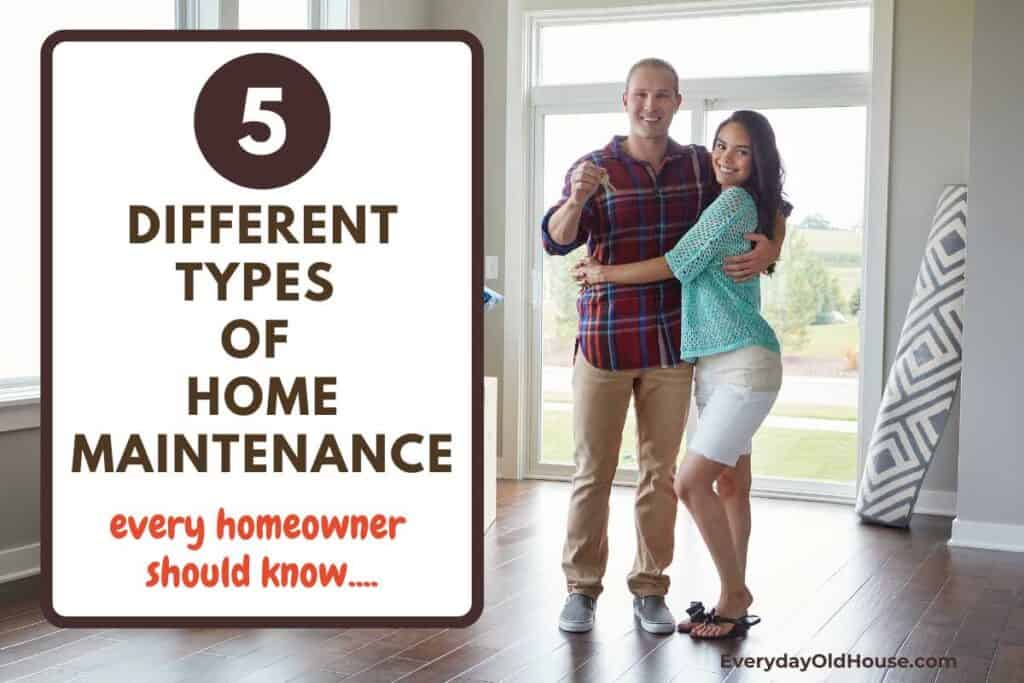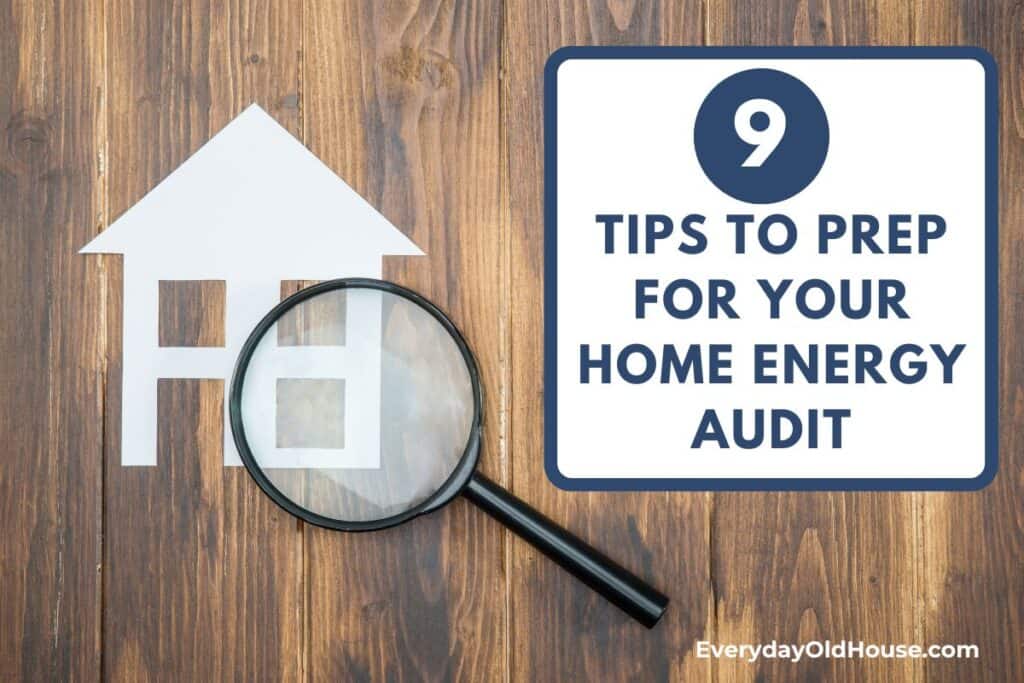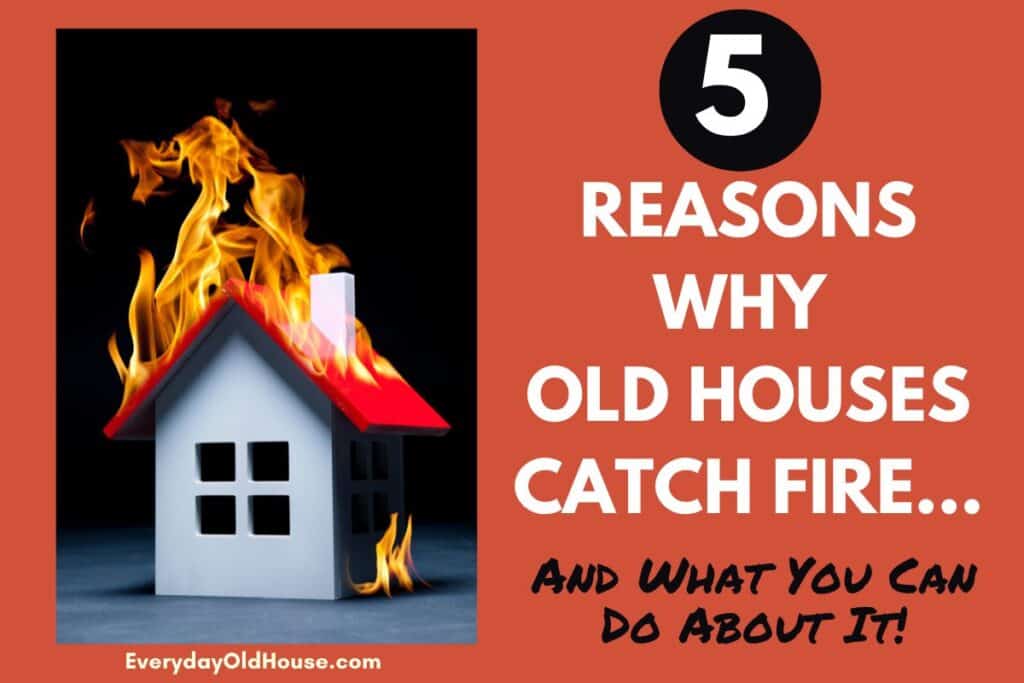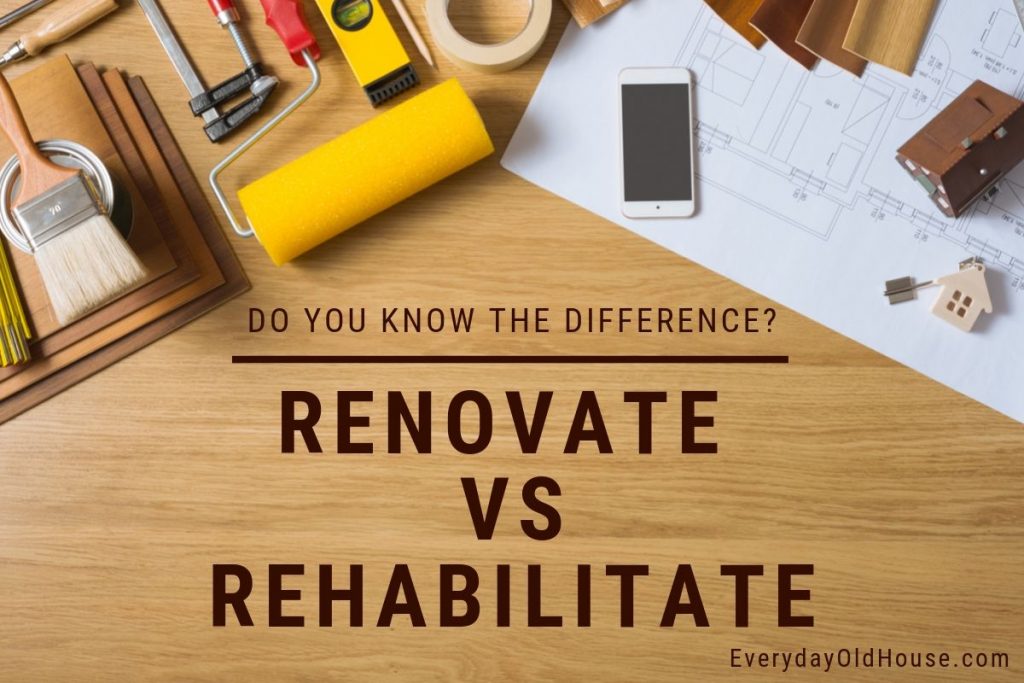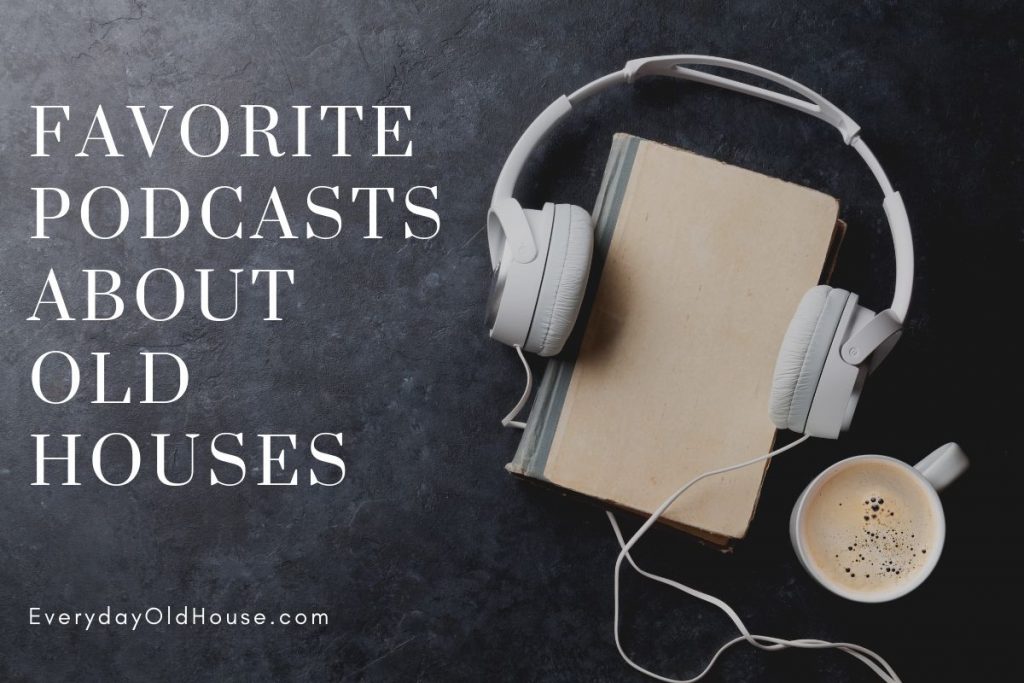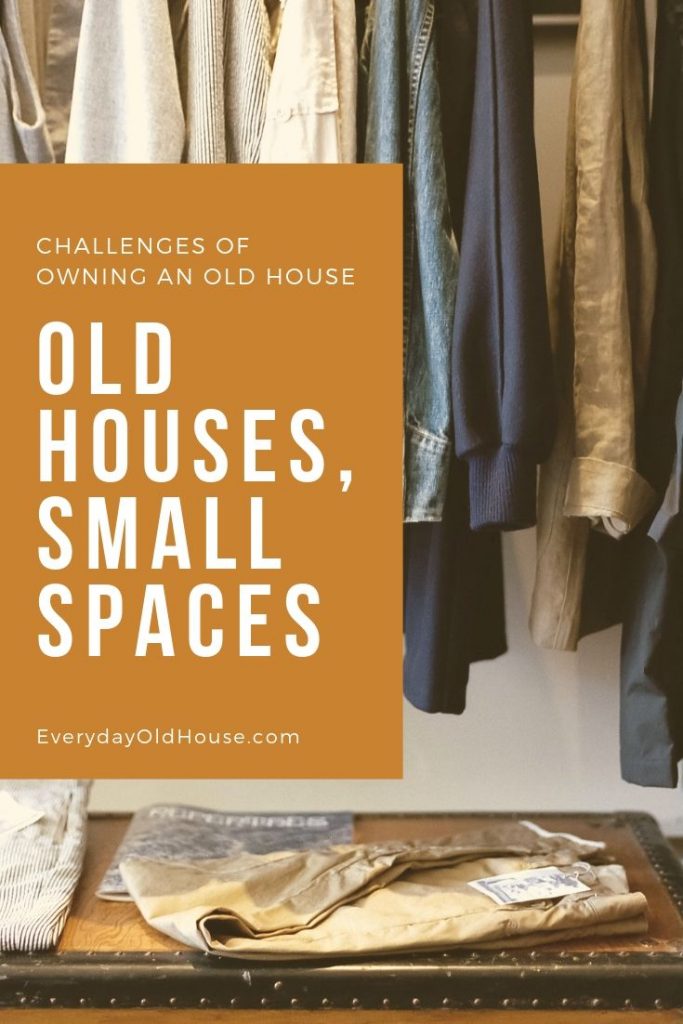Old houses are full of enduring character and timeless craftsmanship. It’s easy to get drawn into the romance and seductive charm of these historic beauties. But there are several challenges of old houses that easily stress a homeowner’s time, patience, and wallet. And speaking from personal experience, these challenges can downright be overwhelming. When we bought our old house over 10 years ago, we developed a way to tackle the challenges, embrace the charm, and transform it into a home.
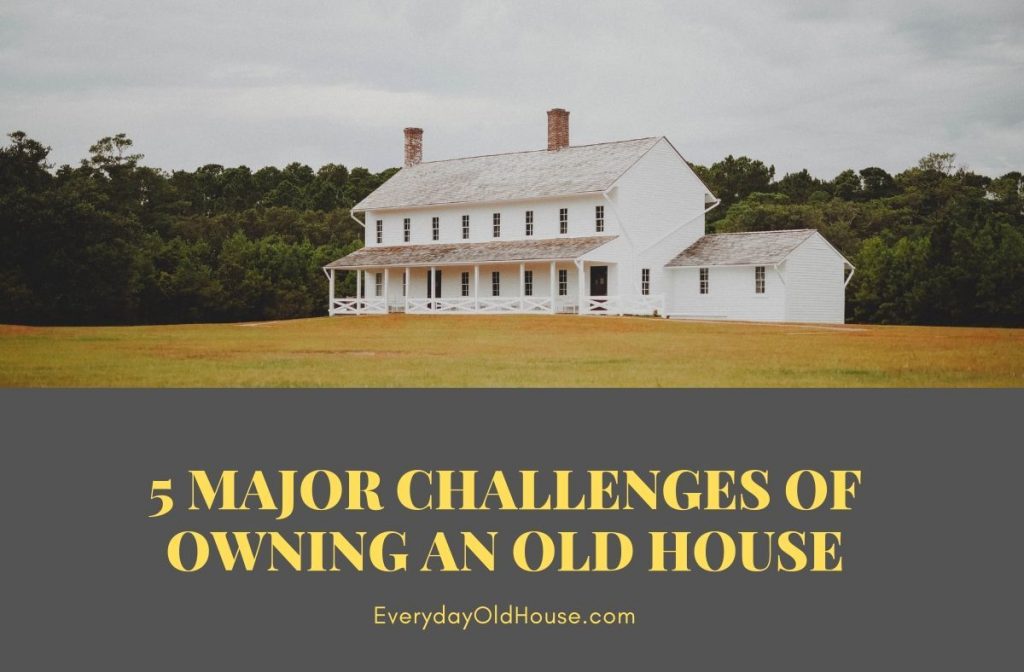
Backstory
When we bought our old house, I had mixed feelings. I felt elated that my dream of becoming a homeowner was finally being realized. But I also felt anxious and overwhelmed. I wasn’t sure I was up to the task of caring for an older house – I barely knew which end of the hammer to use! Homeownership in itself is challenging enough, but I was to cut my teeth on a 100 year old house that needed some TLC? Sounded insane.
And our “new” old houses definitely had some issues. And I had so many questions – What did we need to know about old houses? We knew there were additional challenges than a new build, but what were they? And once we understood all the challenges, how do we prioritize ALL those much-needed home improvement projects? (Which we did after setting up a Home Maintenance Plan in 4 Steps!)
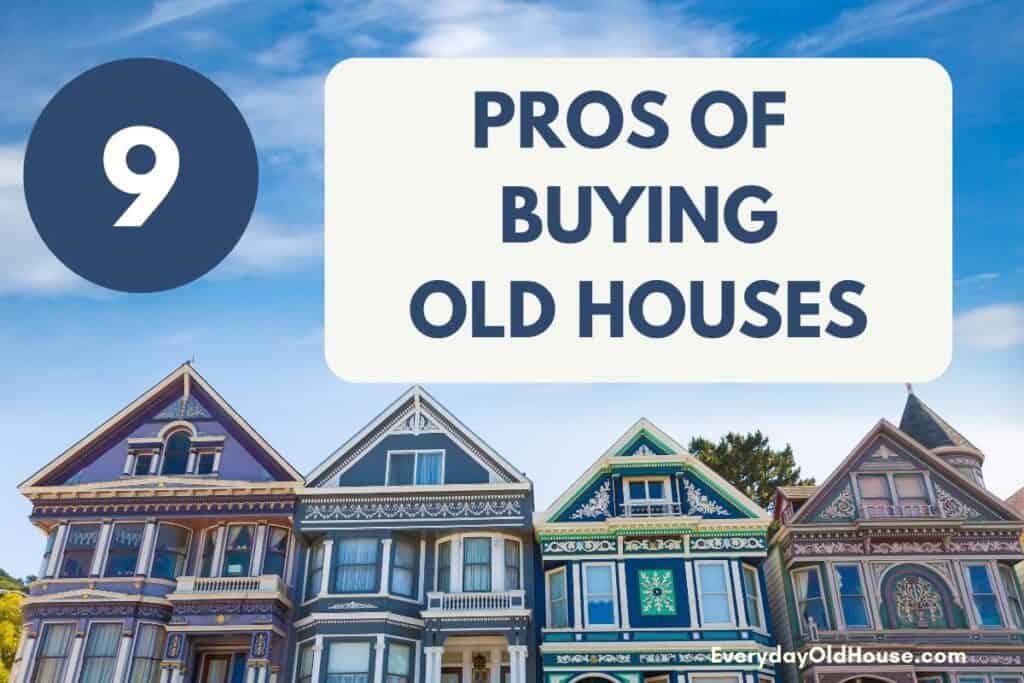
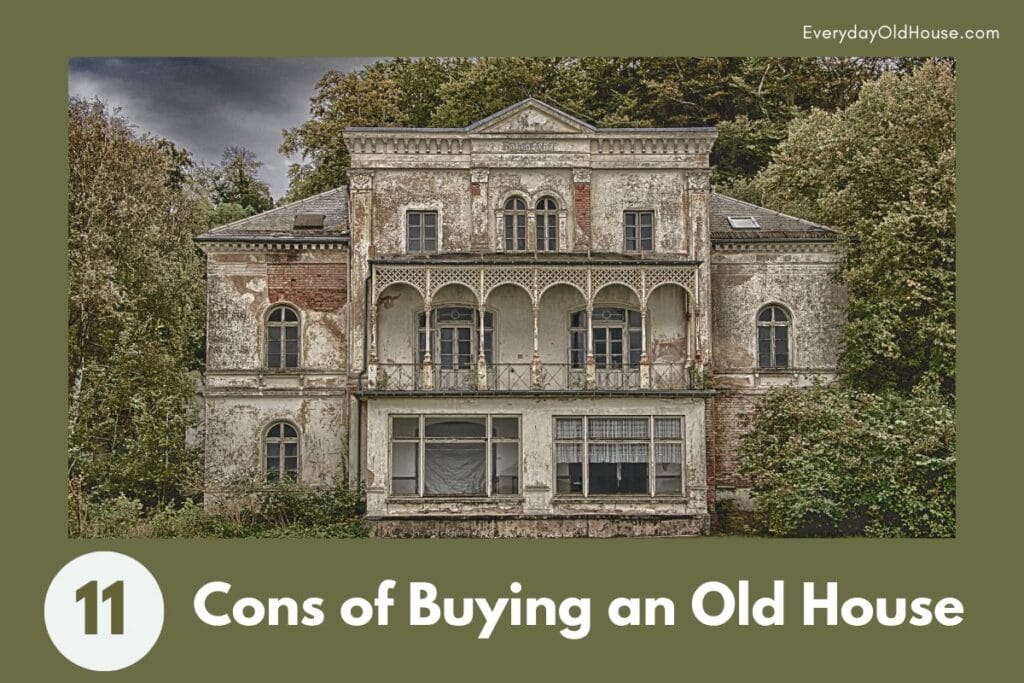
Whew! Deep breath…. breathe in….. breathe out.
After a few deep breathes, I devised the “HOUSE” method to help us get our arms about all the challenges of owning an old house. Admittedly the acronym is hokey/silly. But it worked!
Hopefully this acronym will also help you better understand the challenges of old houses, whether you already own one or are in the market for a house and wondering what you may be getting yourself into…
How to Organize the Challenges of Owning an Old House
Ownership of any house, regardless of year built, requires a myriad of responsibilities – cleaning, maintenance, and budgeting – just to name a few. But owning an old house poses additional duties and responsibilities.
And these additional challenges fall into 5 different categories, which are organized into the acronym: HOUSE
- H = Hazardous Materials
- O = Operations/ Maintenance
- U= Updates
- S = Space
- E = Energy-efficiency
Let’s dive into each…..
H is for “Hazard Materials”
Building materials used in older homes, as well as environmental hazards, can pose a health risk to you and your family. As a homeowner, my challenge is to educate myself on how to identify these hazards and take appropriate measures to protect my family’s health.
There are 7 environmental hazards potentially found in older houses:
- Asbestos
- Lead-Based Paint
- Lead in Drinking Water
- Mold and Mildew
- Carbon Monoxide
- Radon
- Underground Storage Tanks
The most common ones are asbestos, lead-based paint and mold and mildew, so I’ve included a brief summary of those below. Click here to dive deeper into the 7 Environmental Dangers in Old Houses.
1. Asbestos
Asbestos was used in a myriad of home building materials prior to its government ban in the 1970s – 1980s, including pipe and duct insulation on heating systems, ceiling and floor tiles, attic and wall insulation. It causes cancer and other types of lung disease if inhaled. Luckily, the mere presence of asbestos in an old house is not hazardous. Asbestos is dangerous when the material is damaged and the asbestos fibers are what’s called “friable” and are inhaled.
If interested in learning more, check out my Asbestos 101.
2. Lead-Based Paint
Lead, a naturally occurring material, was commonly used in paints for homes built prior to 1978. While lead-based paint can cause health issues in adults, children are most susceptible to lead poisoning.
According to the Environmental Protection Agency (EPA), like asbestos, if lead-paint is encapsulated (i.e. painted over with no chipping), it’s not an imminent threat. However, lead-based paint that is peeling, chipping, or cracking is considered a hazard and needs immediate attention.
3. Mold and Mildew
Mold is naturally occurring and should be expected in all homes at low concentrations. However, uncontrolled growth can exacerbate allergies and existing respiratory problems like asthma, or cause more serious infections with people with compromised immune systems.
Older homes tend to experience more mold and mildew issues since they are more likely to have cracked foundations and leaky pipes into which moisture can seep and provide place for mold to grow.
O and U is for “Operations” and “Updates”
Quite frankly, old houses can be a time suck. If you own an older home, don’t make plans for the weekend. You are a DIY weekend-warrior, tackling one project after another.
Note that I’ve lumped two letters from the acronym “O” and “U” since there is some overlap between Operating and Updating an old house.
O is for “Operations”
O is for “Operations”, which means the basic maintenance of a house and its systems (i.e. heating, plumbing). When I worked in Corporate America, many of my real estate clients would use the term “O&M” (i.e. Operations and Maintenance) to refer to upkeep of properties.
And what a challenge maintaining an old house is!
It’s hard to keep up with all the tasks needed to maintain the house at a functioning level that will thwart costly surprises!
But it’s essential to keep our homes operating efficiently and properly maintained. Most of us own a car, right? As car owners, we ensure that our car’s oil is changed every 3,000-5,000 miles to keep the engine running smoothly, right?
So why aren’t the majority of homeowners not taking the same level of care with their house? (Answer: variety of reasons – time, money, feeling overwhelmed, lack of organization and knowledge. I’ll get into these in a later post)
What is the easiest and most effective way to keep a house running smoothly and get the most out of your house? The same way as a car. Doing routine maintenance.
What does that mean? Simple. Evaluating and maintaining all your house systems (i.e. exterior, heating and cooling, electrical, plumbing, security, etc..) on a regular basis (perhaps using a monthly or seasonal checklist).
It’s one of the 5 types of house maintenance. And it’s the easiest and usually least expensive.
Why do it? To keep your house in prime condition and prevent surprise breakdowns and expenditures.
U is for “Updates”
Admittedly, sometimes routine maintenance is not enough. Sometimes building components and systems are broken, outdated, or reached the end of their lifespan. That’s when we rely on U for “Updates”.
Common upgrades needed in older homes include:
- Plumbing
- HVAC system
- Foundation/Structural
- Roof
- Electrical
- Outdated, bad renovations
The gurus at This Old House have a guide that outlines each system and its life expectancy which is extremely helpful. (and read here about appliances lifespans and budgeting)
“U” for Updates also represents the challenges associated with larger remodels, renovations, rehabilitations, and restorations of an old house. And based on data from Harvard University, homeowners in the US are actively updating their old homes. Harvard saw an upward trend of home improvement spending –a 50% increase since 2010. Unfortunately a large proportion of this increased spending is on necessary replacements (i.e. furnaces, roofing) versus the discretionary dream kitchen.
S is for “Space”
The average old house has significantly less square footage than modern homes. At the beginning of the 1920s, the average home was about 1,000 square feet. In 2010, the average size home was over twice the size, with an average 2,300 square feet.
Why it that? Our lifestyle, especially with the advancement of technology (think televisions, appliances, home offices, etc…), has dramatically changed since the turn of the century. (More on that in a future post….)
With this discrepancy in house square footage, the challenge of owning an old house include:
- Insufficient amount of rooms (especially bathrooms!!!)
- The rooms are do exist are small
- Lack of storage space (especially garage)
- Inefficient lay-outs for modern appliances (like a large screen tv)
- Teeny-tiny closets and cabinets (see my tiny linen closet organization)
Homeowners of old houses must think outside the box and find creative ways to use our charming space more efficiently to meet the needs of today’s lifestyle.
E is for “Energy-efficiency”
Old homes are valued for their solid construction and unique character. But, they are also known for sky-high energy bills. Older homes usually aren’t as energy-efficient as newer builds due to advancement in building technology.
The major challenge of owning an old house is finding ways to increase the energy-efficiency in your home to save money, protect our natural resources, and create more comfort. The most common and best ways to do that include:
- Energy audits
- Sealing up gaps and air leaks
- Adding insulation
- Upgrade HVAC systems
- Update water heaters
- Programmable thermostats
When we first moved into our old house, a free home energy audit was a HUGE help for us in prioritizing what needed to be updated immediately (and what could wait).
Do Old Houses Have Too Many Challenges?
My opinion? Despite the challenges, the rewards of living in a old house filled with history, charm and character are well worth it. (and so do a lot of other people in the Old House Community)
Using this “HOUSE” method helped me to get my arms around and understand the challenges of owning an old house. And I think I’m a better homeowner for it.
Do you agree or disagree that old houses are worth owning? Let me know in the comments below.
Related Posts
Want to be the first to know about new posts? Be sure to follow me on Pinterest, Facebook, Instagram or Twitter of even Etsy! Or better yet… Subscribe below!
My monthly (admittedly sometimes more, sometimes less….) emails are like receiving a unexpected letter from an old friend WITHOUT needing to put on your slippers and walk out to your mailbox…. See? I got ya, my friend!)
[Note: My posts are proudly connected to these amazing link parties full of DIY ideas and inspiration!]
Photo credits: Crew, Sidney Pearce, Joshua Hanks, all on Unsplash.com
